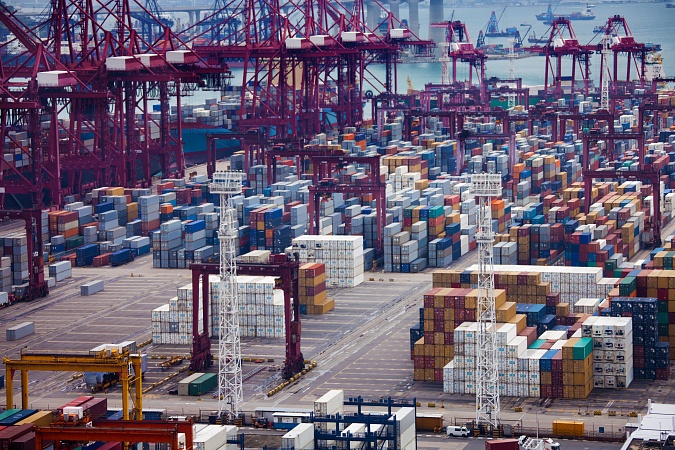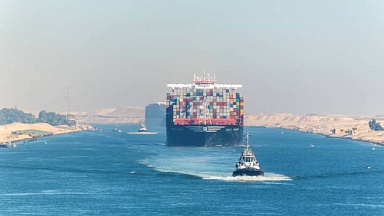Still-surging demand for ocean freight and the delays and equipment shortage it has caused, continued to keep rates extremely elevated this week, according to digital rates specialist Freightos.
However, the sustained increase in rates that has persisted since 1 August, appears to finally be relenting as the pace of the rate spike from Asia to North Europe and the Mediterranean finally slowed this week.
Prices on these lanes climbed just 4% and 3% respectively after more than doubling since the start of November, its latest international freight update, incorporating the Freightos Baltic Index (FBX), published yesterday, showed.
Freightos also noted that China-US West Coast prices (FBX01 Daily) were level at $3,879/FEU — 182% higher than the same time last year.
China-US East Coast prices (FBX03 Daily) were also unchanged at $4,960/FEU — 92% higher than rates for this week last year.
«This strong demand that is causing the global container shortage and rate increases may also be slowing the pace of China’s recovery, as manufacturers compete for empty containers and even have to contend with „container mafias“ charging inflated rates for equipment,» commented chief marketing officer, Ethan Buchman.
«Industry analysts are still split as to when the surge will end. Some think the current volumes are creating too large a surplus of inventory for US retailers that will cause trade to plummet when vaccination lets consumers return to spending on services instead of just goods. Others foresee new government stimulus keeping demand healthy, and the eventual curbing of the pandemic continuing that trend.»
He continued: «But how the pandemic will affect trade is still a wildcard, as shown by a new strain of the virus in the UK causing disruptions to trucking across the channel, as well as rolling disruptions driven by COVID closures, such as at Dalian main port in China.»
Buchman added: «Meanwhile, SMB importers who succeeded in receiving inventory in time for the holidays are now facing increased delays and pressure getting orders to customers, as carriers like FedEx and UPS turn down bookings, leaving an overwhelmed USPS (United States Postal Service) as one of the few options.»




